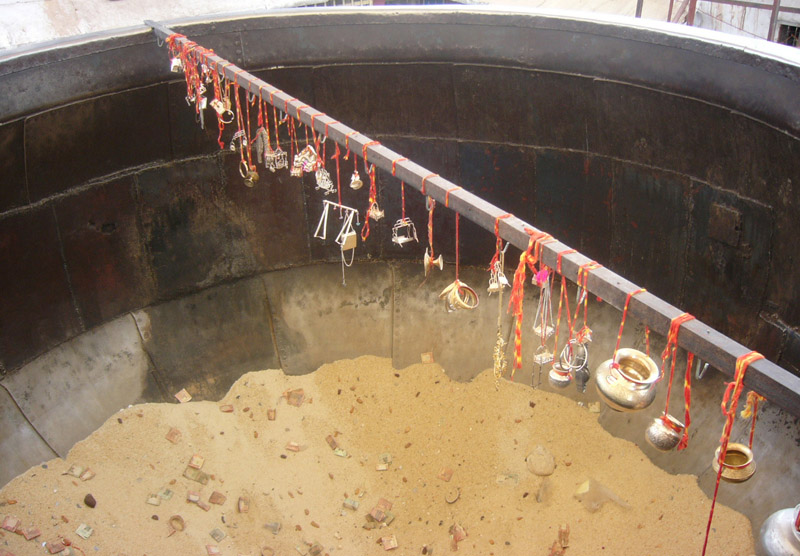Ajmer, the oldest city of Rajasthan, gets its name from ‘Ajay Meru’ which means invincible hills. Here, the erstwhile Mughal emperors’ many majestic kingdoms were built and destroyed, but the sanctity and popular appeal of the Sufi Saint Khwaja Moinuddin Hasan Chishti’s Dargah, also known as the Khwaja Gharib Nawaz Dargah or Ajmer Dargah Sharif, has continued to flourish for ages. Dargah Sharif is the perfect example of Hindu- Muslim accord as pilgrims from all faiths come here to fulfill their wishes. Khwaja Moinuddin Chishti was the founder of the Chishti order of Sufism. The Dargah, built in the early 13th century, is managed by the Dargah Committee, and its Dewan Syed Zainul Abedin is said to be the direct descendant of Khwaja Moinuddin Chishti.

Gharib Nawaz inspires a lot of faith and trust among the devotees and thousands of pilgrims come here from far flung places not only in India, but also Pakistan, Bangladesh and other countries to offer a chaadar at the saint’s grave, and pray that their wish comes true.
The Urs
The lakeside town of Ajmer comes alive during the Urs which is held in March-April every year on the 6th day of the month of Razab. The festival commemorates the death anniversary of Saint Khwaja Chishti and pays homage to him for six days with night-long qawwalies in front of his tomb. The anniversary falls on the seventh month of the Islamic lunar calendar.
The celebration is initiated by the hoisting of a white flag on the Dargah by the Sajjada Nashin, the successor representative of the Chishtis. The tomb is washed with rosewater and embellished with an embroidered silk cloth. Shijra is read by duty-bound Khadims of Moinuddin Chishti, followed by the fariyad (prayers).
Pilgrims bequeath offerings of flowers, chaadar, and money, which they carry on their heads, at the spot where the Saint is buried. The Saint’s tomb is enclosed in a silver platform topped with a marble dome at the centre of the courtyard.
History
It is said that Khwaja Chishti came to Ajmer via Mecca Mukarrama, Madina Munawarra, Baghdad Sharif, Asfahan, Multan, Lahore and Delhi. He devoted his entire life to preaching the doctrines of Islam and serving mankind. He died at 95 and was popularly known as Gharib Nawaz, because of his empathy for the poor. Mughal emperors such as Akbar, Jahangir and Shah Jahan became his followers. Emperor Akbar and his queen used to visit Ajmer Sharif on foot from Agra every year with a prayer for a son. After getting his wish fulfilled, Akbar built a mosque on the right side of the courtyard of the Dargah Sharif, which is popularly known as Akbari Masjid. Emperor Shah Jahan has also built a mosque in white marble in the courtyard which is called the Shah Jahani Masjid.
The gigantic entrance to the dargah was constructed by the Nizam of Hyderabad in 1911. The two huge cauldrons (daig) set at the courtyard were donated by emperors Akbar and Jahangir. During the Urs, the sacrament (tabarrukh/prasadi) of rice and kheer (payasam) are prepared in these large vessels. An interesting custom which is being followed since the time of Emperor Akbar is looting the hot cooked sacrament from these huge pots by the devotees.
On October 11, 2007, a tragic incident occurred at the dargah premises. It was the holy month of Ramzan and the evening namaz had just ended. A crowd had gathered at the courtyard to break their fast. A bomb placed in a tiffin carrier went off in the courtyard claiming three lives and injuring 17 people.
But this tragedy has not diminished the faith of the devotees, who continue to throng this dargah in large numbers to get their muraad (wish) fulfilled.





